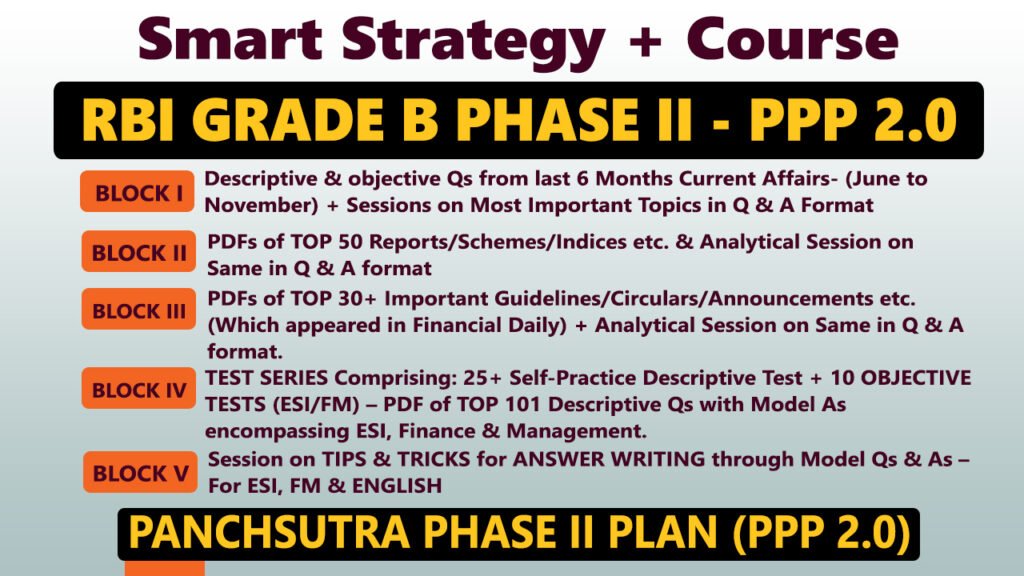Source: PIB
Context:
NITI Aayog released its report “Strategies and Pathways for Accelerating Growth in Pulses towards the Goal of Atmanirbharta”. While focused on pulses, the report provides key insights applicable to millets, highlighting strategies for productivity, sustainability, and self-reliance.
Current Status & Trends of Millets in India
- Global Share: India produces ~41% of global millets (~16 MT annually), making it the world’s largest producer.
- Regional Spread: Rajasthan, Maharashtra, Karnataka, Uttar Pradesh, and Madhya Pradesh account for over 80% of production.
- Decline in Consumption: Per capita millet consumption has dropped from 32 kg/year (1960s) to ~4 kg/year today, replaced by rice and wheat in PDS and diets.
- Policy Recognition: Union Budget 2023–24 renamed millets as “Shree Anna”, with funds for research, processing, and market linkages.
Importance of Millets
- Nutritional Security: Rich in iron, calcium, fiber, and protein; helps combat malnutrition and anemia.
- Climate Resilience: Require 70% less water than rice; suitable for drought-prone and arid regions.
- Farmer Benefits: Low-input crop, reducing dependence on fertilizers and irrigation.
- Food Security: Integrated into Mid-Day Meal, ICDS, and PDS to benefit vulnerable groups.
- Global Positioning: Marketed as a superfood under India’s Shree Anna branding, boosting exports and agri-diplomacy.
Initiatives Taken So Far
- NFSM-Millets: Promotes seed distribution, area expansion, and productivity enhancement.
- Shree Anna Mission (2023): Six-year mission for millet R&D, branding, and processing.
- State Models: Karnataka’s Ksheera Bhagya introduced millets in school meals.
- Global Push: India led UNGA resolution for International Year of Millets 2023.
- Export Promotion: APEDA initiatives include GI tagging and millet exports to Middle East, USA, and EU.
Challenges
- Consumer Preference Shift: Diets driven by rice and wheat due to PDS subsidies and convenience.
- Low Productivity: Average yield ~1.2 t/ha (lower than rice/wheat) due to limited R&D.
- Weak Market Linkages: Poor FPO penetration, fragmented value chains, and lack of assured procurement.
- Post-Harvest Constraints: Processing, storage, and investment gaps limit value addition.
- Policy Bias: Subsidies for rice/wheat under NFSA discourage millet cultivation.
Strategic Framework for Atmanirbharta in Millets
- Horizontal Expansion: Cultivate in rice fallows/degraded lands, especially in Eastern India.
- Vertical Expansion: Develop bio-fortified, high-yield, climate-resilient varieties with stronger seed systems.
- Cluster-Based Approach: District-wise millet clusters (similar to pulses strategy).
- Value Chain Strengthening: Build processing hubs, branding units, and FPO-led aggregation models.
- Climate-Smart Practices: Promote organic, water-efficient millet farming aligned with SDGs.



















